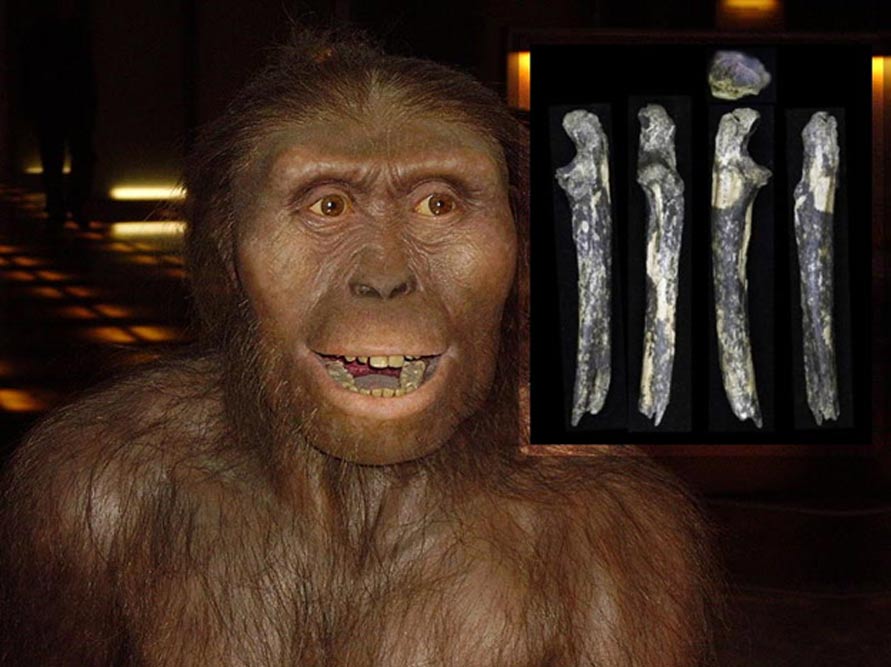Australopithecus Fossils Found East of the Great Rift Valley
New fossils from Kenya suggest that an early hominid species -- Australopithecus afarensis -- lived far eastward beyond the Great Rift Valley and much farther than previously thought. An international team of paleontologists led by Emma Mbua of Mount Kenya University and Masato Nakatsukasa of Kyoto University report findings of fossilized teeth and forearm bone from an adult male and two infant A. afarensis from an exposure eroded by the Kantis River in Ongata-Rongai, a settlement in the outskirts of Nairobi.
"So far, all other A. afarensis fossils had been identified from the center of the Rift Valley," explains Nakatsukasa. "A previous Australopithecus bahrelghazali discovery in Chad confirmed that our hominid ancestor's distribution covered central Africa, but this was the first time an Australopithecus fossil has been found east of the Rift Valley. This has important implications for what we understand about our ancestor's distribution range, namely that Australopithecus could have covered a much greater area by this age."
A. afarensis is believed to have lived 3,700,000-3,000,000 years ago, as characterized by fossils like "Lucy" from Ethiopia.

Cast of the remains of "Lucy". (CC BY-SA 3.0)
Stable isotope analysis revealed that the Kantis region was humid, but had a plain-like environment with fewer trees compared to other sites in the Great Rift Valley where A. afaransis fossils had previously appeared. "The hominid must have discovered suitable habitats in the Kenyan highlands. It seems that A. afaransis was good at adapting to varying environments," notes Nakatsukasa.
- Fossil Find Reveals New Species of Early Human - Origins of Modern Man Gets Crowded
- Jawbone found in Ethiopia set to rewrite history, push back origins of humans
The team's survey also turned up masses of mammal fossils, including a few that probably belong to new species of bovids or baboons.

A reconstruction of a female A. afarensis. (Public Domain)
The authors write that the Kantis site was first noted in a 1991 geological survey. At that time, a farmer said that he and his family had come across fossilized bones from Kantis in the 1970s, although they did not recognize their importance. Following airing of Kenyan television programs on paleontological research, locals gradually started to appreciate the fossils. Since then, Kantis and other sites have been identified thanks to fossil notifications from the local population.
- The Faces of Ancient Hominids Brought to Life in Remarkable Detail
- Why are humans unique? It’s the small things that count
The team welcomes this achievement not only for its academic implications, but also for the benefits to the local community. "Kantis is in the vicinity of Nairobi, a major city," said Nakatsukasa. "We hope that the discovery of the new site and the fossils will aid in increasing tourism, and in improving educational awareness of the local community."
Featured image: A. afarensis reconstruction (CC BY-SA 3.0), an adult left ulna of Australopithecus afarensis. Several fossilized teeth have also been found in the Kantis site. Credit: Image courtesy of Kyoto University
The article ‘Australopithecus fossils found east of the Great Rift Valley’ by Kyoto University was originally published on Science Daily.
Source: Kyoto University. "Australopithecus fossils found east of the Great Rift Valley: New remains demonstrate early hominid's adaptability." ScienceDaily. ScienceDaily, 24 March 2016.



















